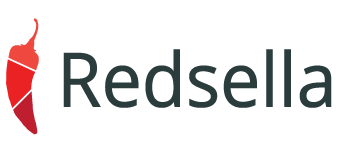
The Need
- Retail client wanted to understand the make up of their customer base – the different needs, preferences, shopping & promotional behaviours that existed and how these affected value, cost and risk. A small number of top level groups were needed to allow a coherent marketing strategy to be developed, but SKU level insight was also crucial.
The Solution
- Item-level sales data was extracted, aggregated to customer level and analysed to produce ‘factors’ relating to groups of products bought together or as substitutes for each other
- Groups of customers with similar shopping habits, including purchase profiles across these factors, were then identified to form cluster segments
- Similar sements were then combined to reveal the natural hierarchy in the customer base, leading to identification of a small number of key customer types, in terms of what they bought, how & when, including promotional activity
The Result
- The nature, size, preferences, location & value of each segment were used to drive marketing and promotional initiatives
- This resulted in a 5% increase in sales and a 10% uplift in marketing ROI
- Stores were analysed in terms of the mix of customer segments they served, driving local stocking and marketing initatives
- Segment dynamics were also used to forecast how the base was changing, emerging trends, LTVs and to identify churn and acquisition hotpots
Other Success Stories
- A Storage Firm redesigned their business model to act on the insight gained from a customer usage segmentation, leading to sustained growth from better serving their core clients needs
- A Travel Firm used the insight gained from a segmentation of holiday purchase behaviour to refocus their business strategy to track changing market requirements
- A DIY chain identified loss making activities from a detailed segmentation of promotion, purchase and delivery behaviours.
For more information read our blog page “Effective Strategy from Data-Driven Business Insight” or contact us.



